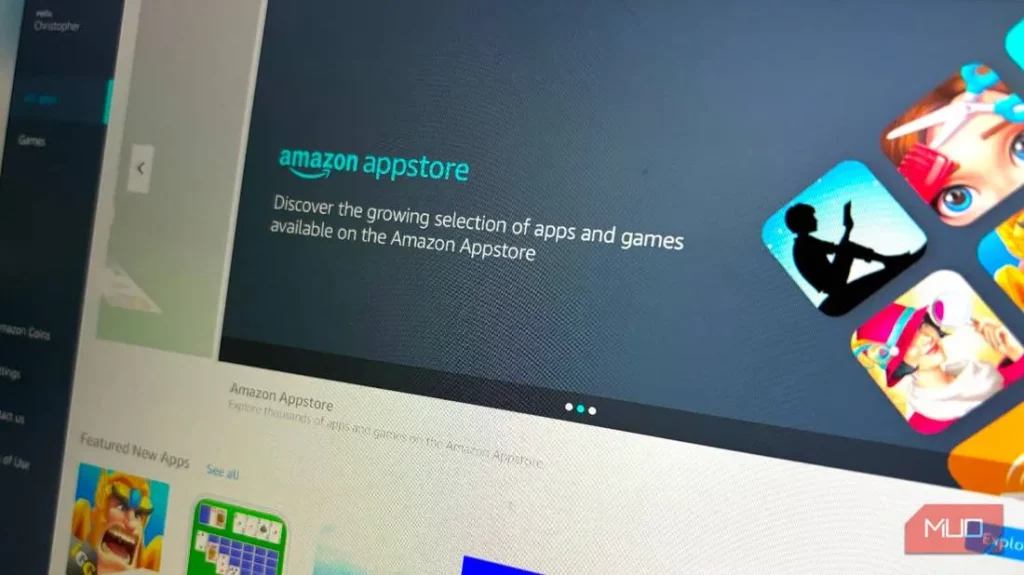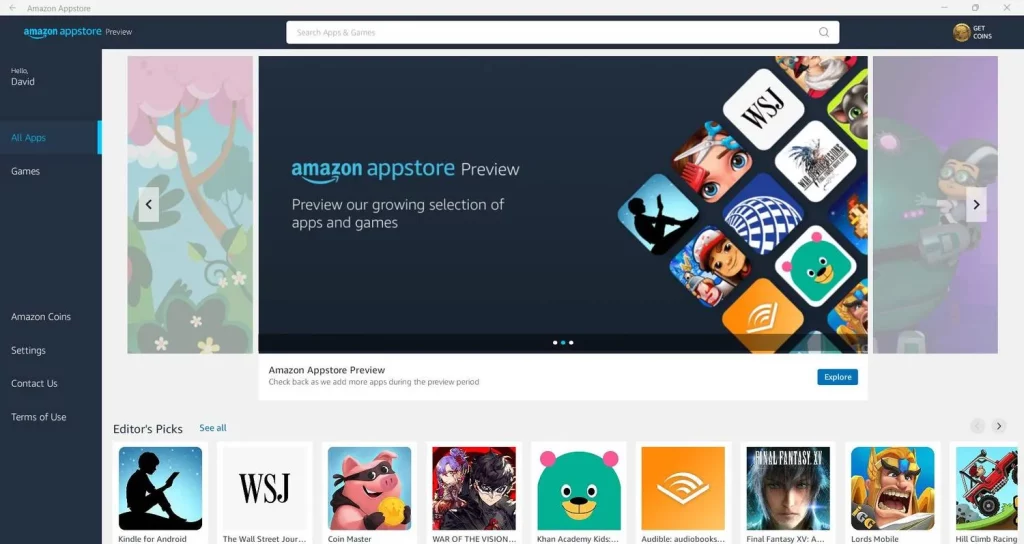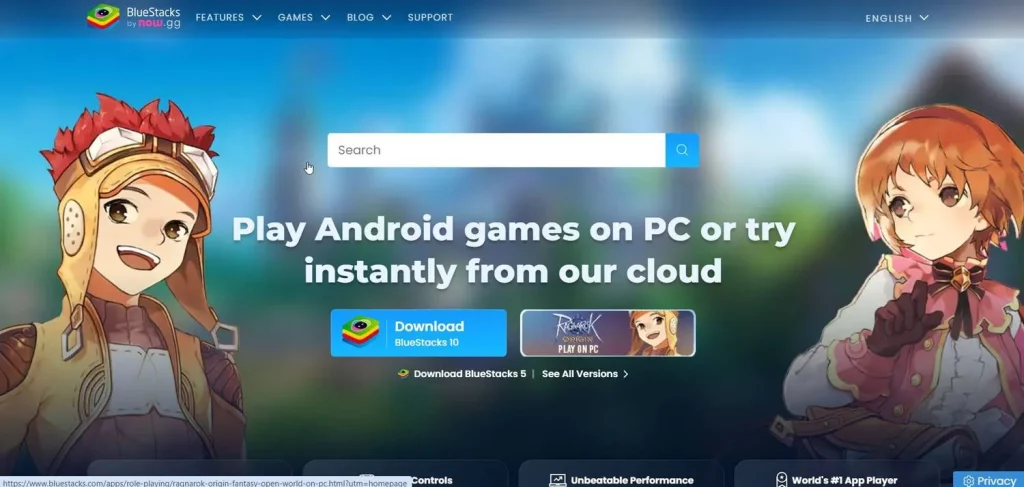With the increasing popularity of Android devices, it’s no surprise that Microsoft has been working on bringing Android apps to Windows. The Windows Subsystem for Android (WSA) was announced in 2020 and promised to allow users to run Android apps natively on their Windows 10 devices. But recently, there have been rumors that WSA may not be coming after all. In this article, we’ll take a closer look at the current state of WSA and explore what the future might hold for this technology.

Understanding the Windows Subsystem for Android
The Windows Subsystem for Android is a new feature being developed by Microsoft that will allow users to run Android apps on their Windows 10 devices. This is made possible through the use of virtualization technology, where the Android subsystem will run as a guest operating system within Windows. This means that users will be able to access the Google Play Store and install any Android app they want, just like they would on their phone or tablet.
The idea behind WSA is to bridge the gap between Windows and Android, making it easier for users to seamlessly transition between their desktop and mobile devices. With the majority of people using both Windows and Android, this could be a game-changer for productivity and convenience.
But while the concept of WSA sounds promising, there are still many questions surrounding its development and potential release. Let’s dive deeper into the topic and see what we can uncover.
How Does WSA Compare to Other Solutions?
It’s worth mentioning that WSA is not the first attempt at bringing Android apps to Windows. In fact, there are already a few solutions available, such as Bluestacks and NoxPlayer, which allow users to run Android apps on their PC. However, these solutions rely on emulation, meaning they are not as efficient and can result in slower performance and compatibility issues.
The advantage of WSA is that it utilizes virtualization, which means it can potentially offer better performance and a more seamless experience. Additionally, with Microsoft developing WSA as an official feature, it’s safe to assume that it will have better integration with Windows 10 compared to third-party solutions.
The Current State of WSA: What We Know So Far
When WSA was first announced in 2020, Microsoft stated that it would be released as part of the Windows Insider program for testing and feedback. However, since then, there have been no updates or news on its progress. This has led to speculations that WSA may not be coming at all.
Lack of Updates from Microsoft
One of the main causes for concern regarding WSA is the lack of communication from Microsoft. The official page for WSA on the Windows Dev Center has not been updated since its initial announcement over a year ago. This has left many wondering if WSA has been abandoned or if it’s still being actively developed.
Moreover, Microsoft has not mentioned WSA in any recent events or blog posts related to Windows 10. This further adds to the uncertainty surrounding the future of this technology.
Rumors of Cancellation
In July 2021, Windows Central reported that WSA might have been cancelled altogether. According to their sources, Microsoft was having issues with getting Android apps to run smoothly on Windows 10 and had decided to scrap the project entirely. While this is still just a rumor, it has caused quite a stir among those eagerly waiting for WSA to be released.
WSA Spotted in Windows 11
Despite the lack of updates or news from Microsoft, some eagle-eyed users have spotted a mention of WSA in the Windows 11 preview build. In the build’s registry, there is a setting called “WSA-BootConfig,” hinting that WSA may still be in development and could potentially be released alongside Windows 11.
However, it’s important to note that this is just speculation and there is no official confirmation from Microsoft regarding WSA’s inclusion in Windows 11.
Potential Roadblocks for WSA

Even if WSA does end up being released, there are still a few potential roadblocks that could prevent it from achieving its full potential.
Compatibility Issues with Android Apps
One of the main challenges that Microsoft has faced with WSA is getting Android apps to run seamlessly on Windows 10. With such a vast library of apps available on the Google Play Store, it’s not an easy feat to ensure that all of them work flawlessly within the Windows environment.
Moreover, some apps may have features that are not supported by the Windows platform, which could result in limited functionality or even crashes. This means that Microsoft will have to work closely with app developers to ensure their apps are optimized for WSA.
Lack of Support from App Developers
Another hurdle that WSA might face is getting app developers on board with this technology. While Android apps have been designed for touchscreens, they will now have to adapt to a desktop environment. This might require additional effort and resources from developers, and some may not be willing to invest in this process.
Furthermore, many apps rely on Google services, such as Google Maps or Firebase, which are not available on Windows. This means that developers would have to find alternative solutions or workarounds to make their apps function correctly on WSA.
Limited Hardware Compatibility
WSA will only be available to users running Windows 10 on x86-based devices. This means that devices using ARM processors, such as the Microsoft Surface Pro X, will not be able to use WSA. While this may not seem like a significant issue, it does limit the number of users who can take advantage of this technology.
The Future of WSA: Will It Ever Be Released?

At this point, it’s impossible to say for sure if WSA will ever be released. While there have been rumors and speculations about its cancellation, there is still a chance that Microsoft is working on improving the technology before releasing it to the public.
If WSA does get released, it could have a significant impact on the relationship between Windows and Android, offering a more seamless experience for users. However, if it doesn’t see the light of day, there are still other solutions available, such as Your Phone app, which allows users to mirror their Android devices on Windows 10.
Conclusion
The Windows Subsystem for Android has been a highly anticipated feature that promises to bridge the gap between Windows and Android. While its current state is uncertain, there is still hope that Microsoft will eventually release it to the public. However, even if WSA does come out, it may still face challenges such as compatibility issues and limited hardware support.
Whether or not WSA is released, one thing is clear – the demand for seamless integration between Windows and Android is there, and it’s only a matter of time before we see a solution that fulfills it.


